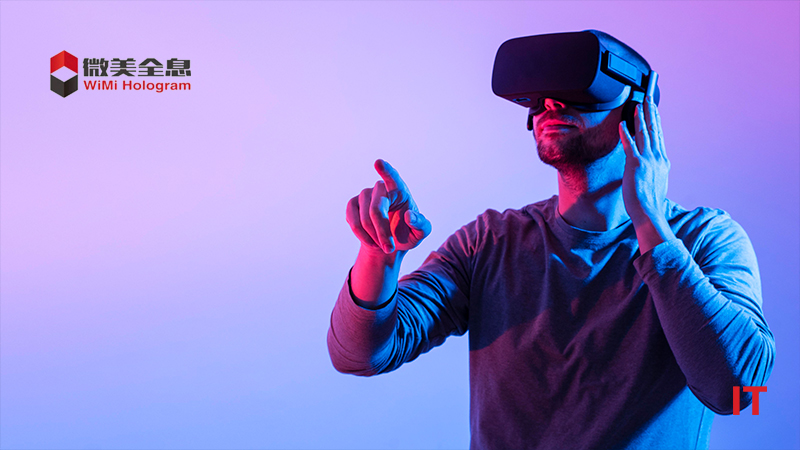WiMi Hologram Cloud Inc, a leading global Hologram Augmented Reality (“AR”) Technology provider, announced that an interactive virtual reality simulation digital media system is developed, which utilizes a variety of technical means, such as virtual reality technology, sensor technology, computer graphics and artificial intelligence, to construct a realistic virtual scene, and through the user’s personal movements, eye tracking and gesture recognition, so that the user can carry out interactive operations in the virtual environment, the system has a high degree of participation and interactivity, which provides the user with a more vivid and intuitive visual, auditory and tactile experience.
The interactive virtual reality simulation digital media system developed by WiMi is mainly composed of front-end processing, back-end processing, user interface, sensors and database. Front-end processing is responsible for sampling, processing and decoding the signals input by the user, including rendering the objects in the scene; back-end processing is responsible for calculating, analyzing and storing the data obtained from the front-end processing. At the same time, the back-end processing can also predict and analyze the user’s behavior through artificial intelligence algorithms; the user interface is the interface between the whole system and the user; the sensors are mainly responsible for obtaining the user’s movement, position, and perspective; the database is mainly used for storing the user’s historical data and the system’s configuration information.
The interactive virtual reality simulation digital media system integrates a variety of cutting-edge technological tools, including virtual reality technology, sensor technology, computer graphics and artificial intelligence. These technical means work together to make the system have a high degree of technical sophistication. The first is visual and sound simulation. The interactive virtual reality simulation digital media system presents realistic visual effects through high-quality 3D models and advanced real-time rendering technology. At the same time, the system also integrates high-quality audio technology, which enables users to experience immersive auditory effects, making the virtual scene present a more realistic and shocking effect.
Also Read: TechSee Brings Computer Vision AI and Augmented Reality Service Automation to Amazon Connect
Eye tracking technology and gesture recognition technology are important technologies in interactive virtual reality simulation digital media systems, which enable users to control objects in virtual scenes more naturally. Eye tracking technology can detect the direction of the user’s line of sight and apply this information to various operations in the system, which makes the user interact more naturally in the virtual environment and improves the interactivity and participation of the system. Gesture recognition technology can be utilized to control the interaction by detecting the movement and gesture of the user’s hand, allowing the user to control the objects in the virtual scene more naturally, enhancing the experience and ease of use of the system.
A variety of artificial intelligence algorithms are used in the interactive virtual reality simulation digital media system, and the intelligent algorithms can monitor and analyze the user’s behavior and respond according to their behavioral patterns. At the same time, it can also realize the prediction and analysis of the user’s behavior, making the system response more sensitive and intelligent.
SOURCE: PRNewswire

































